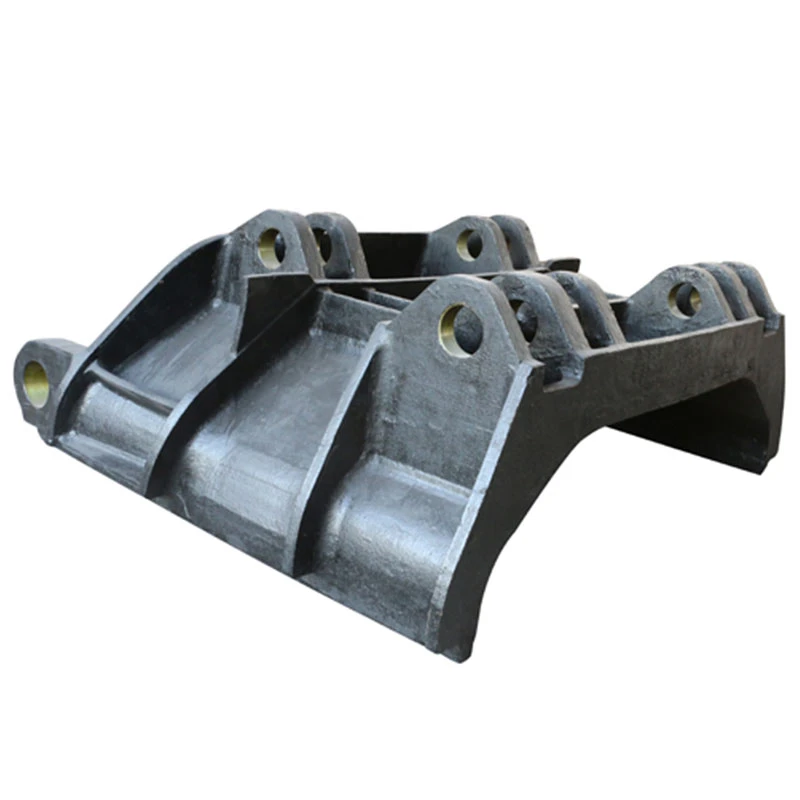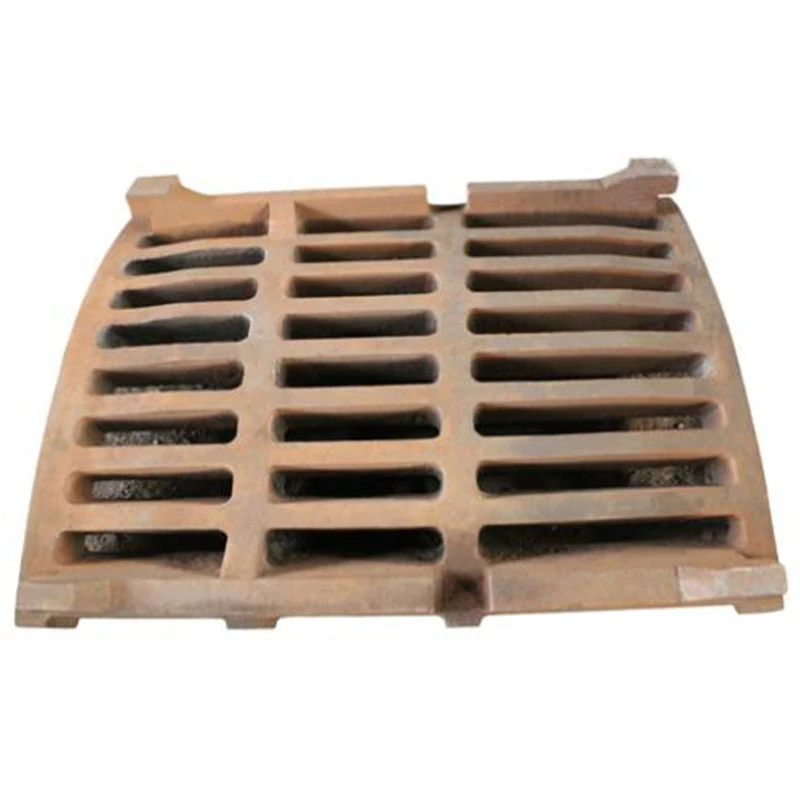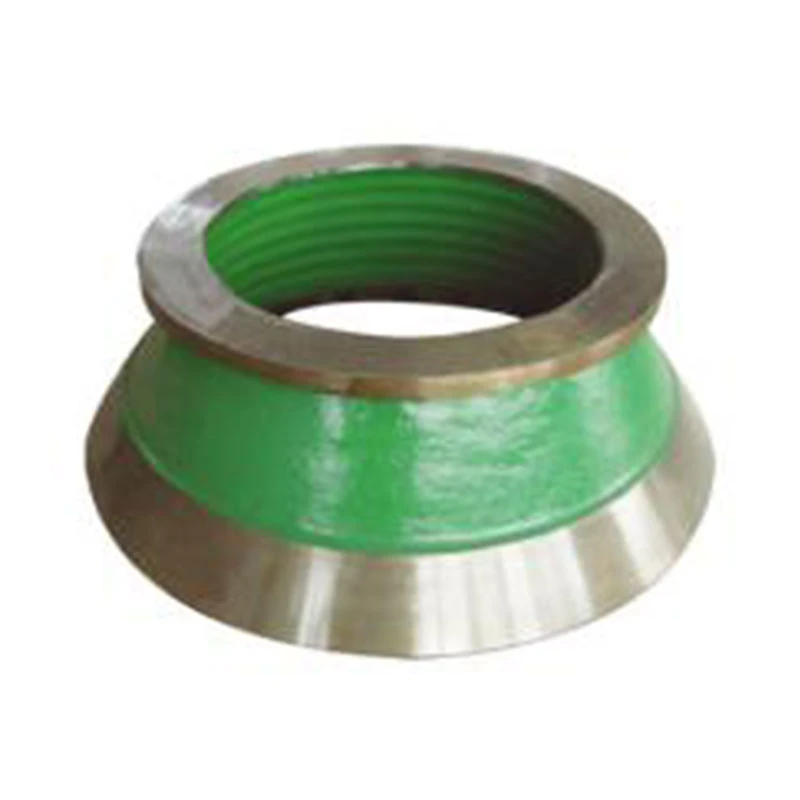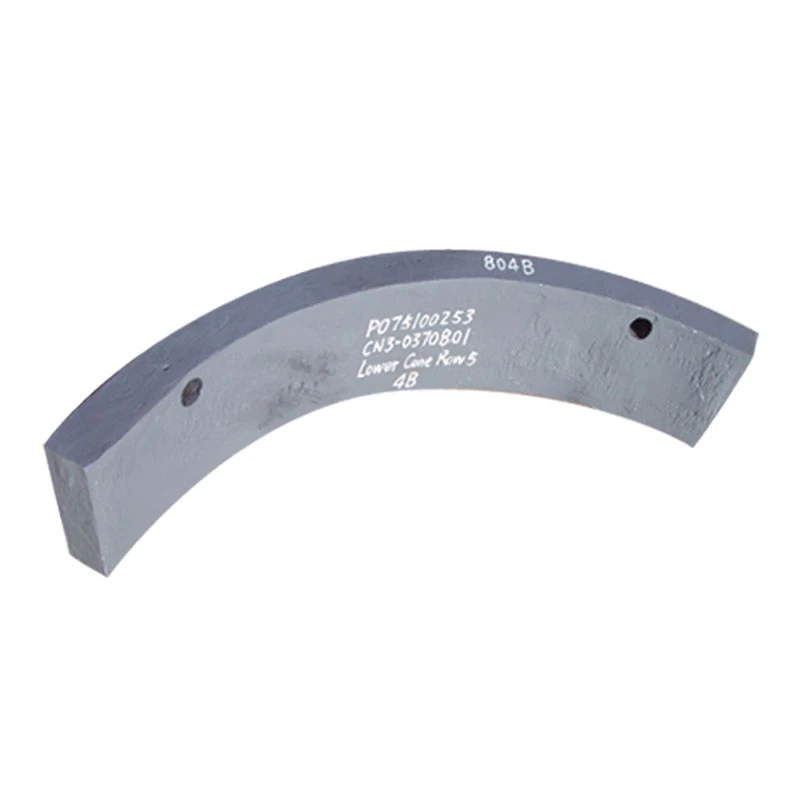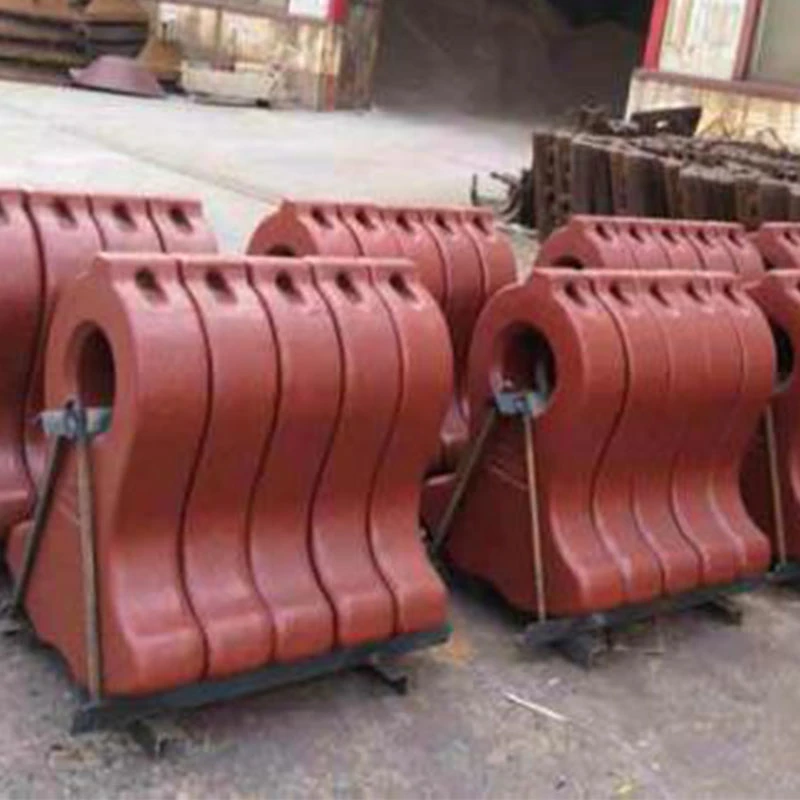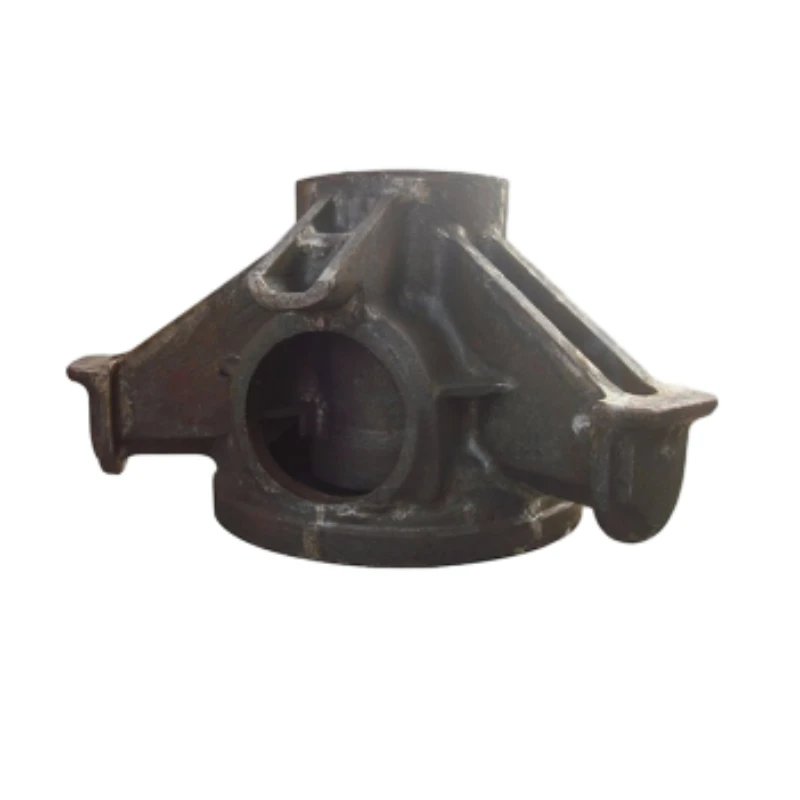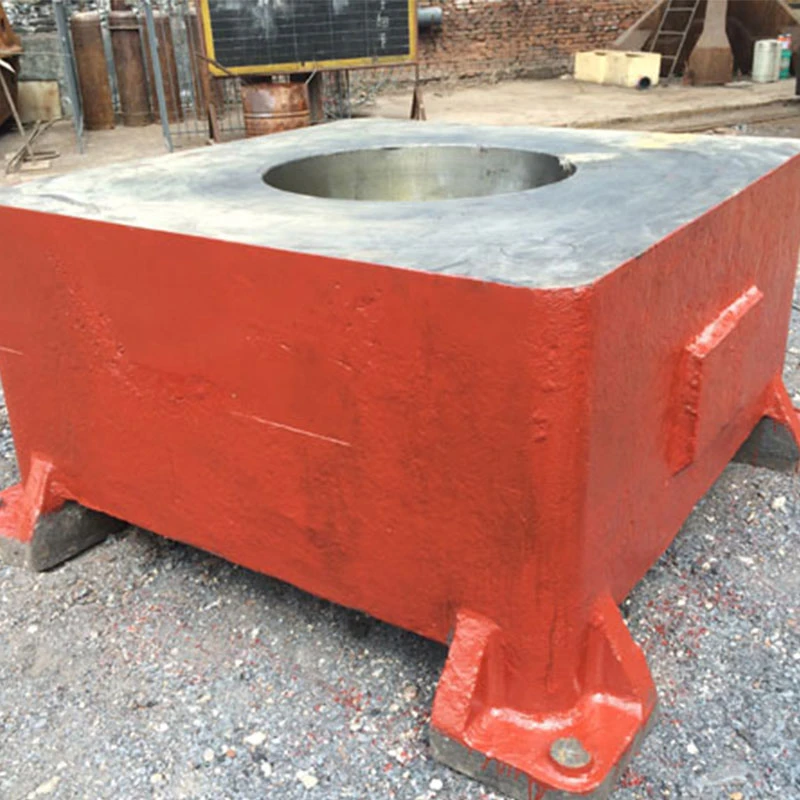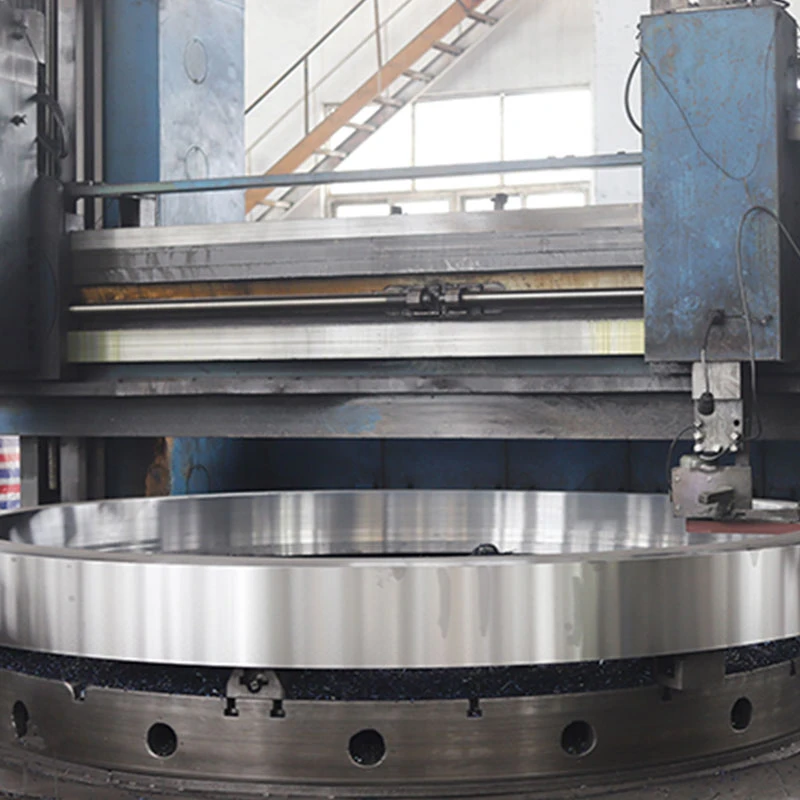Aug . 14, 2025 04:00 Back to list
Premium Carbide Rock Auger Bullet Teeth for Hard Rock
Navigating the Landscape of Rock Auger Bullet Teeth
The global demand for robust and efficient drilling solutions continues to surge, driven by infrastructure development, mining activities, and energy exploration. At the forefront of this demand are advanced drilling tools, specifically rock auger bullet teeth. These critical components are engineered to withstand extreme abrasive and impact forces encountered in diverse geological formations, from soft soils to hard rock. Industry trends indicate a significant shift towards materials with superior wear resistance, optimized geometries for enhanced penetration rates, and a focus on sustainability through extended product lifespans. Manufacturers are increasingly integrating advanced manufacturing processes to meet the stringent performance requirements of modern rotary drilling rigs, ensuring maximum operational uptime and cost-efficiency for contractors and project managers alike. Understanding the intricate balance of metallurgy, design, and application is crucial for selecting the optimal tooling for challenging drilling environments.
As drilling operations delve deeper and encounter more complex strata, the performance of expendable tooling like bullet teeth for augers becomes paramount. The market is witnessing a steady growth in the adoption of premium carbide grades and innovative tip designs that promise not only higher penetration rates but also reduced fuel consumption and lower overall operational costs. The integration of IoT and predictive maintenance into drilling equipment also highlights the necessity for consistent quality and predictable wear patterns in tooling. This evolving landscape necessitates a deep dive into the technical specifications, manufacturing precision, and real-world performance metrics of these essential drilling consumables to inform strategic procurement decisions.
Technical Parameters and Material Science for Optimized Performance
The efficacy of carbide bullet teeth hinges on a precise combination of material properties and geometric design. Typically, these teeth comprise a high-strength steel body, often heat-treated to achieve optimal hardness and toughness, and a brazed carbide tip. The tungsten carbide tip is the primary cutting element, requiring exceptional hardness (HVRA 90-93) and transverse rupture strength (TRS > 2000 MPa) to resist abrasion and impact. Key parameters include the shank diameter, often ranging from 25mm to 42mm, the tip's projection length, and the specific taper angle designed for optimal rock penetration and self-sharpening characteristics.
Understanding these specifications is vital for matching the correct bullet tooth auger to specific geological conditions. For instance, a tooth with a larger carbide tip and higher cobalt content in the carbide matrix might be preferred for extremely hard, abrasive rock formations due to its enhanced wear resistance. Conversely, a design with a sharper angle and robust body might excel in fractured rock where impact resistance is more critical. Manufacturers adhere to rigorous standards, such as ASTM A29/A29M for steel properties and ISO 9001 for quality management systems, ensuring consistent product performance. Below is a representative table of key technical specifications for high-performance rock auger bullet teeth:
| Parameter | Typical Range/Value | Significance |
|---|---|---|
| Shank Diameter | 25mm - 42mm | Compatibility with auger flight, stability during rotation. |
| Carbide Tip Hardness (HVRA) | 90.0 - 93.0 | Resistance to abrasive wear in hard rock. Higher values indicate greater hardness. |
| Carbide Tip TRS (MPa) | > 2000 | Toughness against chipping and fracture under impact. |
| Steel Body Hardness (HRC) | 40 - 45 | Durability and fatigue resistance of the shank. |
| Brazing Shear Strength | > 300 MPa | Integrity of the carbide-to-steel bond, critical for tip retention. |
| Weight | 0.5kg - 1.5kg | Influences overall auger balance and drilling efficiency. |
The Precision Manufacturing Journey of Rotary Drilling Rig Bullet Teeth
The manufacturing of high-quality Rotary Drilling Rig Bullet Teeth is a multi-stage process demanding stringent control and precision. It begins with the selection of premium raw materials: high-grade alloy steel for the body and robust tungsten carbide bullet teeth for the cutting tip. The steel body typically undergoes forging, a process that improves its grain structure and mechanical properties, followed by precise CNC machining to achieve the required dimensions and an optimal fit for the auger. This ensures concentricity and reduces vibrational stress during drilling. Post-machining, the steel body is subjected to a specialized heat treatment process, including quenching and tempering, to achieve a specific hardness (e.g., 40-45 HRC) that balances wear resistance with impact toughness.
Simultaneously, the tungsten carbide tips are sintered from finely powdered carbide and cobalt binders under high temperature and pressure, forming a dense, hard component. The critical phase involves the brazing of the carbide tip to the steel body. This uses a high-temperature alloy to create a robust metallurgical bond, preventing premature tip loss during aggressive drilling. After brazing, further CNC grinding might be performed to achieve final dimensional accuracy and surface finish. Each batch undergoes rigorous quality control checks, including hardness testing (Rockwell and Vickers), ultrasonic flaw detection to identify internal defects, and impact testing to simulate real-world drilling stresses. Adherence to international standards like ISO 9001 and ANSI specifications is not merely a formality but a commitment to delivering tools that offer extended service life and consistent performance in demanding industries such as civil engineering, mining, oil & gas exploration, and infrastructure development. The benefits of such precision manufacturing are evident in enhanced drilling efficiency, reduced tool change-overs, and significant operational cost savings for complex projects.
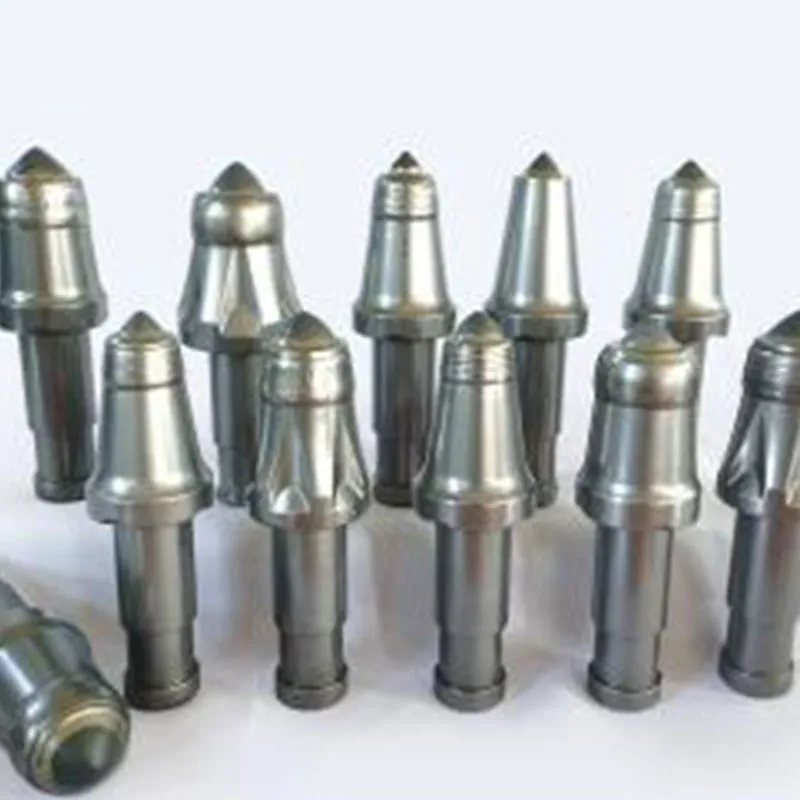
Diverse Applications and Key Advantages
Rock auger bullet teeth are indispensable across a broad spectrum of heavy industries, demonstrating their versatility and robustness. In civil engineering, they are crucial for foundation piling, bridge construction, and tunneling, efficiently penetrating various soil types, weathered rock, and even medium-hard rock. The mining sector relies on them for exploration, dewatering, and specialized blasting hole drilling, where their resistance to extreme abrasion extends tool life significantly. Within the oil and gas industry, these tools facilitate the drilling of conductor holes and provide critical support for pipeline installations. Furthermore, in the water supply and drainage sector, they enable the creation of wells, boreholes, and trenching for utility lines, often encountering challenging urban subsurface conditions.
The technical advantages offered by high-quality rock bullet teeth are multifaceted. Their optimized tip geometry and high-grade carbide inserts lead to superior penetration rates, directly translating to faster project completion times. The enhanced wear resistance significantly extends tool lifespan, reducing the frequency of replacements and minimizing costly downtime. This longevity also contributes to substantial energy savings, as fewer tool changes mean less idle rig time and more efficient power consumption. Moreover, designs incorporating anti-corrosion treatments and superior brazing techniques enhance durability in aggressive environments, such as those with high salinity or chemical presence, safeguarding the investment over prolonged operational periods. The precise fit and robust construction also mitigate vibration, improving drilling accuracy and reducing stress on the drilling rig's components.
Manufacturer Comparison and Customization Solutions
When selecting bullet teeth for augers, discerning between manufacturers is critical. Key differentiators often lie in material sourcing, proprietary heat treatment processes, carbide grade expertise, and post-sale support. While some manufacturers focus on high-volume production with standardized designs, others specialize in bespoke solutions tailored to unique geological challenges. Leading providers often boast certifications like ISO 14001 for environmental management and OHSAS 18001 for occupational health and safety, reflecting a holistic commitment to quality and responsible manufacturing. Evaluating a manufacturer's service history, average delivery times (e.g., 2-4 weeks for standard orders), and warranty policies (e.g., 6-12 months against manufacturing defects) provides a comprehensive picture of their reliability and trustworthiness.
| Feature/Criteria | Manufacturer A (Premium) | Manufacturer B (Standard) |
|---|---|---|
| Carbide Grade | Proprietary High-Performance WC-Co (e.g., G30 grade) | Standard WC-Co (e.g., K20 grade) |
| Steel Body Treatment | Vacuum Heat Treatment, Induction Hardening | Batch Heat Treatment |
| Brazing Technology | Automated Induction Brazing (High Shear Strength) | Manual Flame Brazing |
| Customization Offered | Full (Geometry, Material Composition, Coatings) | Limited (Shank Size, Basic Tip Profiles) |
| Average Lifespan (Hard Rock) | 150-200 drilling meters per tooth | 80-120 drilling meters per tooth |
| Certification | ISO 9001, ISO 14001, CE, ASTM | ISO 9001 |
Customization plays a pivotal role for projects encountering highly specific or unusual ground conditions. Reputable manufacturers offer comprehensive custom solutions for rock auger bullet teeth, involving collaboration from design conception to final production. This includes modifying tip geometry for specific rock hardness or abrasiveness, adjusting shank configurations for non-standard auger systems, and applying specialized coatings for enhanced corrosion resistance in marine or chemically aggressive environments. For instance, a project in highly fractured granite might require a tooth with a larger carbide volume and a reinforced body to prevent premature chipping and breakage, a request best handled by a manufacturer capable of bespoke engineering. This tailored approach ensures optimal performance, reduces unforeseen project delays, and ultimately minimizes operational expenditure.
Application Case Studies and Real-World Impact
The practical benefits of high-performance carbide bullet teeth are best illustrated through real-world application cases. In a recent foundation piling project for a high-rise building in a major metropolitan area, geological surveys revealed interspersed layers of compact gravel and soft, weathered shale. The contractor, facing tight deadlines, opted for a specialized variant of rock auger bullet teeth designed with an aggressive conical tip and a robust, self-cleaning profile. This choice resulted in an average drilling rate increase of 25% compared to conventional teeth, reducing the projected drilling phase by two weeks. Furthermore, the extended lifespan of the teeth minimized tool changes, contributing to a 15% reduction in consumable costs for that specific phase of the project.
Another compelling example comes from a large-scale open-pit mining operation, where drill-and-blast methods are critical. The mine utilized standard bullet tooth auger systems for pre-splitting and production drilling in highly abrasive quartzite. After experiencing significant wear rates and frequent tooth breakages, they transitioned to a premium supplier offering rock bullet teeth featuring a proprietary high-cobalt carbide grade. Post-implementation data showed a remarkable 40% improvement in tooth lifespan and a measurable decrease in overall drilling operational costs by 18%, primarily due to reduced downtime for tool replacement and more consistent penetration. These case studies underscore the tangible benefits of investing in technologically superior drilling tools, directly impacting project timelines, operational efficiency, and overall profitability for heavy construction and mining companies. Customer feedback consistently highlights the importance of durability, consistent performance, and reliable supplier support in challenging operational environments.
Trustworthiness: FAQs, Delivery & Warranty
Frequently Asked Questions (FAQs)
Q1: How do I select the correct rock auger bullet teeth for my project?
A1: Selection depends primarily on geological conditions (rock hardness, abrasiveness, fracturability), the type of drilling rig, and auger specifications. Consult with our technical team, providing detailed project requirements and ground analysis for optimal recommendations.
Q2: What is the typical lifespan of these teeth?
A2: Lifespan varies significantly based on ground conditions, operational parameters (RPM, feed force), and maintenance. High-quality rock auger bullet teeth can last from tens to hundreds of drilling meters in challenging rock formations. We provide estimated wear rates based on specific applications.
Q3: Can these teeth be re-tipped or re-sharpened?
A3: While some light re-sharpening might be possible for certain wear patterns, the cost-effectiveness and structural integrity typically favor replacement, especially given the precise brazing and heat treatment involved in their manufacture.
Delivery Cycle & Logistics
Our standard delivery cycle for in-stock Rotary Drilling Rig Bullet Teeth is typically 7-14 business days, depending on location and order volume. For custom orders or large-scale project requirements, the lead time may extend to 3-6 weeks, allowing for specialized manufacturing processes and quality assurance. We maintain strategic partnerships with global logistics providers to ensure timely and secure delivery worldwide. Expedited shipping options are available upon request for urgent operational needs.
Quality Assurance & Warranty Commitment
We stand behind the quality and performance of our rock auger bullet teeth. All products are manufactured under strict ISO 9001:2015 certified quality management systems and undergo rigorous pre-shipment inspections. We offer a standard warranty of 12 months from the date of purchase against defects in materials and workmanship. This commitment provides our clients with peace of mind, knowing they are investing in reliable, high-performing drilling tools backed by comprehensive customer support and technical expertise. Our dedicated support team is available to assist with any product-related queries, troubleshooting, or post-sales service requirements, ensuring maximum customer satisfaction and operational continuity.
Conclusion: The Future of Drilling Performance
The advancements in rock auger bullet teeth technology are continuously reshaping the landscape of geotechnical drilling, mining, and civil infrastructure. As projects become more complex and environmental regulations stricter, the demand for tools that deliver unparalleled efficiency, extended lifespan, and reduced environmental footprint will only grow. The emphasis on high-quality materials, precision manufacturing processes, and tailored solutions is paramount for unlocking maximum value from drilling operations. By choosing superior drilling consumables, companies can achieve higher penetration rates, minimize operational downtime, and significantly reduce overall project costs, thereby gaining a competitive edge in an increasingly demanding global market. Investing in cutting-edge rock auger bullet teeth is not merely a procurement decision, but a strategic move towards sustainable and profitable drilling endeavors.
References:
- Smith, J. A., & Brown, P. R. (2022). Advanced Materials for Geotechnical Drilling Tools: A Review. Geotechnical Engineering Journal.
- Chen, L., & Li, Q. (2021). Optimizing Tungsten Carbide Composition for Enhanced Wear Resistance in Rock Drilling Bits. International Journal of Mining Science and Technology.
- Global Market Insights. (2023). Drill Bit Market Size, Share & Trends Analysis Report. Industry Research Publication.
- ISO 9001:2015. Quality Management Systems – Requirements. International Organization for Standardization.
-
Precision Pump Shafts | Durable Solutions for All Pumps
NewsSep.01,2025
-
185 CFM Portable Air Compressor: Reliable Diesel Power for Any Job
NewsAug.31,2025
-
Photovoltaic Type Open-Air Drilling Car - Solar-Powered, Efficient Rig
NewsAug.30,2025
-
High-Performance Slurry Pump Impeller | Wear-Resistant Parts
NewsAug.29,2025
-
Durable Frame Plate Liners: High-Performance Wear Parts
NewsAug.28,2025
-
Vertical Pump Centrifugal Handles Slurries
NewsAug.26,2025




